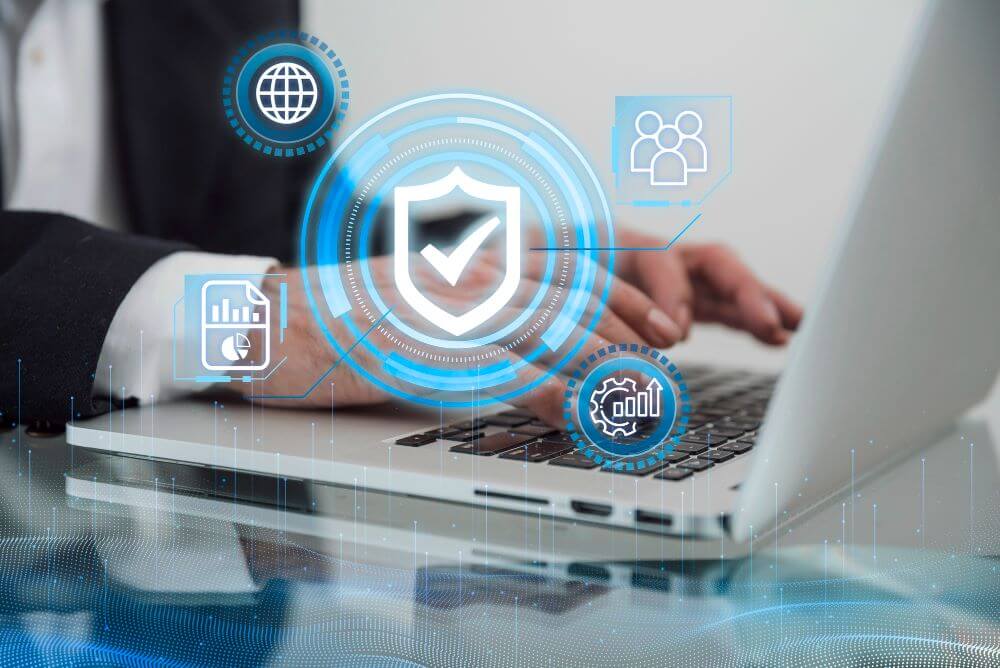In our digital age, keeping information safe is a growing challenge. Every day, people and businesses face threats from hackers, viruses, and data breaches.
As technology becomes more advanced, so do the ways to protect it. One important tool for security is called Identity and Access Management, or IAM. It helps make sure the right people can access the right information, while keeping others out.
To understand why this is important, let’s look at what IAM is, how it works, and why it’s becoming a key part of digital safety.
What Is Identity and Access Management?
Identity and Access Management is a system that controls who can get into a computer network, applications, or data. Imagine it like a security guard checking IDs at a building entrance.
The system checks if you are who you say you are and decides what you are allowed to see or do once inside. This protects sensitive information from being seen or changed by people who shouldn’t have access.
IAM includes several parts. First, it verifies identity, often using usernames and passwords. But passwords alone are not enough today, so systems add extra steps like codes sent to your phone or fingerprint scans. These extra checks are called multi-factor authentication.
After confirming who someone is, IAM controls access. This means deciding what resources a person can use based on their role.
For example, an employee in the finance department might have access to financial records, but not to marketing files. This principle is known as “least privilege,” giving people only the access they need to do their job.
The system also keeps a record of who accessed what and when. This helps find problems or misuse quickly. If something suspicious happens, the company can trace it back and act fast.
How IAM Works in Everyday Life
Many people use IAM without realizing it. When you log into your email, bank account, or social media, you are using some form of identity and access management. The system checks your credentials and lets you in if they are correct.
In businesses, IAM is more complex. Companies have many users, applications, and devices to manage. They use IAM to simplify this process and keep data secure. For example, a company might connect IAM with cloud services so employees can access work files from anywhere safely.
IAM also helps when employees leave a company. Their access is removed quickly to prevent unauthorized entry. This keeps company data safe even as staff change.
Why Is Identity and Access Management Important for Security?
Understanding what is identity and access management helps businesses and individuals see why it is vital for security. Without proper control, anyone could access sensitive information, leading to data theft, fraud, or damage to reputation.
Cyberattacks often start by stealing passwords or finding weak points in security. IAM makes this much harder by requiring multiple checks and limiting what users can do. This reduces the risk of hackers moving freely inside a network.
Moreover, regulations like GDPR or HIPAA require companies to protect personal data. IAM helps meet these legal requirements by controlling who can see private information and by tracking access.
IAM also supports digital transformation. As businesses move to cloud computing and remote work, they need secure ways to manage users. IAM provides this by offering flexible and scalable security measures.
Implementing Identity and Access Management Successfully
Getting IAM right can be challenging. It requires planning and understanding the needs of users and the company. First, organizations need to identify all users and what access they require. This includes employees, contractors, and sometimes customers.
Next, they choose the right tools. There are many IAM solutions available, ranging from simple password managers to advanced systems with biometric authentication. The choice depends on the company size, industry, and security needs.
Training is also important. Users should know how to create strong passwords, recognize phishing attacks, and use multi-factor authentication. Regular reviews of access rights help keep the system effective over time.
Finally, companies should monitor IAM systems continuously. Logs and alerts can show unusual activity early, allowing quick response to threats.
Looking Ahead: The Future of IAM
Identity and Access Management will keep evolving. New technologies like artificial intelligence and machine learning are being used to improve detection of suspicious behavior. For example, systems can learn typical user patterns and alert when something unusual happens.
Biometric methods like facial recognition or fingerprint scanning will become more common, making access both safer and easier. At the same time, privacy concerns will require careful balancing between security and user rights.
In summary, IAM plays a key role in protecting digital identities and access to information. It helps prevent unauthorized use, supports compliance, and enables safe digital work environments.
Whether you are an individual or part of an organization, understanding and using identity and access management is essential for staying secure online.






